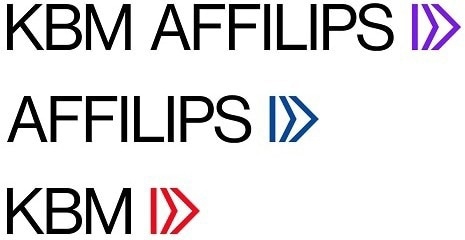Copper-based master alloys are produced for the brass and copper industry. The range includes alloys such as Copper-Iron, Copper-Manganese, Copper-Boron and Copper-Zirconium.
The common factor among these alloys is that they dissolve better than the corresponding pure metal or metals. Using KBM Affilips copper-boron 2% master alloy is a great method for improving the quality of copper alloys and brasses. Boron is an effective deoxidiser for copper, without the harmful effect of reducing the electrical conductivity.
The element is also highly effective when compared to other deoxidisers such as phosphorus, lithium or magnesium, therefore less boron is needed per kg of oxygen to achieve the same deoxidation effect.
In copper alloys, boron also slows grain growth during heating. In addition, boron facilitates pouring and filling operations. In brasses, boron behaves as a strong grain refiner. It reacts with several elements present in the melt and the products formed are often insoluble compounds dispersed as fine particles through the melt which act as nucleants.
The mechanical properties are increased with boron and the internal soundness of brass castings is improved.
Copper-Boron Master Alloy
The table shows the composition of copper boron alloy.
| Alloy |
Composition |
| CuB2 |
2% B balance Cu |
Applications
Major applications of copper-boron alloys include:
- Deoxidiser for copper.
- Grain refiner for brass.

This information has been sourced, reviewed and adapted from materials provided by KBM Affilips.
For more information on this source, please visit KBM Affilips.